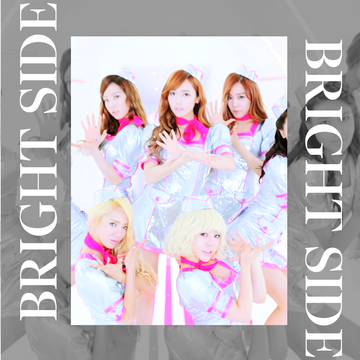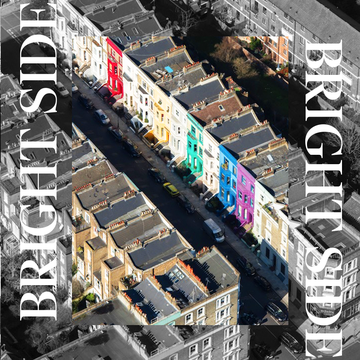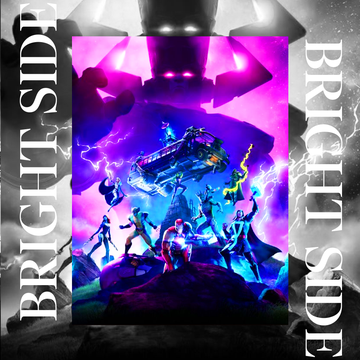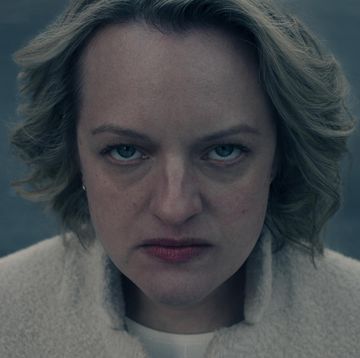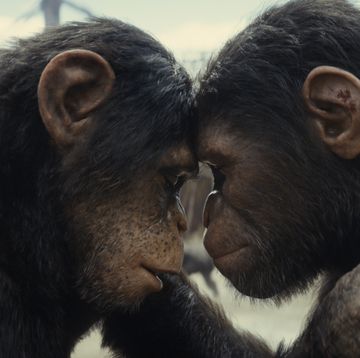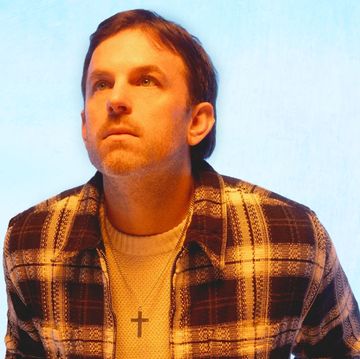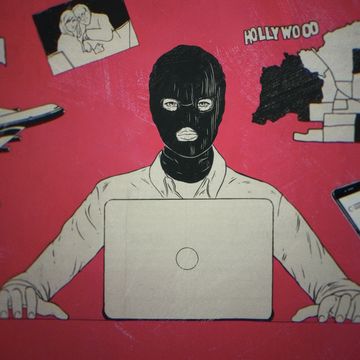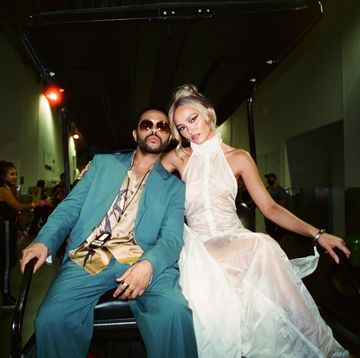It’s been a tough year, on that we can all agree. But it’s also been transformative. Amidst the trials and tragedies, there have been unexpected moments of progress and celebration. The Bright Side is a series in which we delve back into the past twelve months and pluck out those positives. Here, Olivia Ovenden talks about the important role TikTok has played in getting people through the pandemic.
In June of this year, K-pop fans on TikTok claimed the scalp of Donald Trump's Tulsa, Oklahoma rally after inflating attendance numbers by registering for potentially hundreds of thousands of tickets as a prank. TikToks in which users showed themselves registering for the event, then joking about feeling bad for no longer being able to go, became a trend on the platform, with posts deleted the following day to stop any Trump supporters catching on.
The Trump campaign denied that TikTok had interfered with their event, and Trump's then-campaign manager Brad Parscale claimed they had weeded out "tens of thousands" of bogus attendees. He was replaced in his job the following month. Regardless of the actual degree to which TikTok users were responsible for burying the event, the idea had been seeded that perhaps social media still could be a force for good. The kids were coming to save us.
This month TikTok overtook Facebook as the most downloaded app on iOS and Android, its coronation coming during a year that mirrored the platform's baffling and absurd depictions of reality. TikTok features human faces turning into horses, rainbows bursting out of eyeballs and intricate dance routines in which people multiply into body-popping armies.
The app feels reminiscent of Vine, the looping video platform that shuttered in 2016, coincidentally, or perhaps not so, the year in which the internet started to sour. Thanks to it still being the platform of the youth, TikTok maintains a sense of playfulness and opportunity which hasn't (yet) been subsumed by celebrity #SponCon and politicians pretending they now how to use the internet.
In a year in which people have been cooped up inside and left to entertain themselves, TikTokkers gave a masterclass in creative ingenuity, with everything from remaking Super Bowl adverts to the trend of editing themselves into their own Harry Potter storylines, with makeshift green-screens erected in bedrooms and transformed into Hogwarts. The best of them filtered down to Twitter or Facebook, with the framing changing each time to package the content up for a different audience.
Whereas many of the trends on Twitter – the 'What isn't X, but feels X', or the 'How it started/How it's going' formats – were fairly rigid ideas which allowed users to pick and mix moments in popular culture and apply them to a template everyone understood, many of the trends on TikTok were mind-bending doodles of the weirdest brain-waves we've had this year.
Take the 'Main Character' TikTok trend, which saw users filming reality TV-style clips of themselves romantically living their daily life, one particularly popular version saying in a voiceover, "I’m the main character in this neighbourhood". The trend tapped into The Truman Show-style feeling circulating the world this year, as well as mocking the self-centered tendencies of social media. Another trend saw a plethora of videos in which teens imagined what their Nike Air Force One trainers or rucksack said about them behind their back, mocking the 'starter pack' clichés of clothing while also showing the small signals our clothes give away.
The endless videos of rollerskating and dancing made the app a place of escapism and joy in 2020, but it wasn't just creativity that made it a force for good. TikTok was a vital resource during the Black Lives Matter protests earlier this year, providing educational resources and information for those marching to remind them of their rights. In the wake of George Floyd's murder, a clip of the resulting protests in Minnesota set to Donald Glover's "This is America" amassed 10M likes, the song playing against footage of officers on top of the police station pointing snipers at protesters underscoring the dark reality the country found itself in.
Elsewhere grassroots movements like Tok the Vote pushed to get Gen Z involved in politics with user-generated videos, while TikTokVoters.com put $350,000 into the hands of content creators, resulting in an more than 20,000 voter registrations. The tactics content makers used ranged from inundating followers with stats about what was at stake in the election, to encouraging others to share them dropping off mail-in ballots, all delivered in the language young people understand.
This year marked the first TikTok election in America, and when the results dragged on for a week, the most creative responses were to be found on the app as users around the world illustrated their impatience with Nevada. While other social networks were hotbeds of conspiracy and saw a proliferation of fake news during these days, TikTok came alive with videos of young Black people celebrating how they had put Biden over the line, or white people berating those who had voted for Trump and discussing the work that needed to be done.
TikTok has also been an ally of truth during the pandemic, with users creating firsthand accounts of the vaccine trials in order to combat misinformation with evidence. Experts have even recommended using influencers and scientists on TikTok to counter anti-vaccine misinformation. TikTokkers have also met anti-vaxxers with humour, laughing off the conspiracy theories about the vaccine micro-chipping recipients, or mocking the supposed the strange side effects that it could cause. One memorable video shows someone uncontrollably barking 26 minutes after getting the vaccine.
As with any social network there is a less rosy side, like a scam selling fake Covid-19 vaccination cards and some fears that videos of the side effects could in fact spur on conspiracy theorists. Meanwhile many of the dance routines that go viral on the app are created by Black users and then whitewashed as they spread. The youthquake that grassroots organisers hoped for in 2020 was undermined by the fact that young white voters, especially men, did not vote as strongly for Biden as young Black voters, suggesting the future might not be as liberal as everyone imagines.
Putting the hopes of our future in the hands of any social network feels like an overreach. After all, wasn't Twitter once a place of optimism and innocent creativity? But for this year at least, it felt as though TikTok was a relic of the old internet, one where creativity floats to the top, and probably the only place where a video of God and an angel arguing over the words "meteor" and "meatier" over and over again could end up with 5 million likes.
TikTok still largely remains a place where people with vested interests don't know how to elbow their way to the table. No wonder Donald Trump has tried so desperately to shut it down this year.
Like this article? Sign up to our newsletter to get more articles like this delivered straight to your inbox
Need some positivity right now? Subscribe to Esquire now for a hit of style, fitness, culture and advice from the experts


